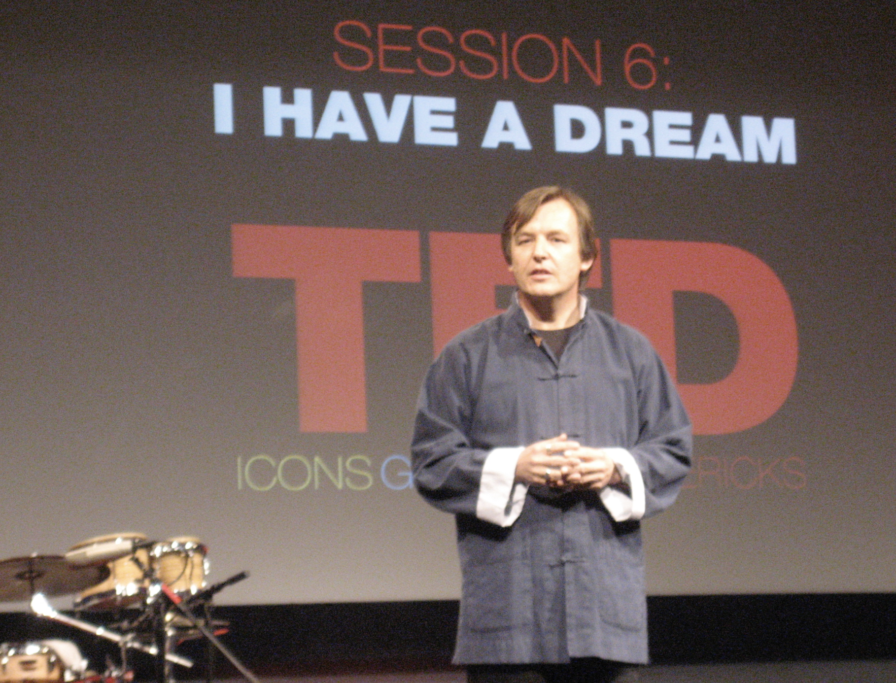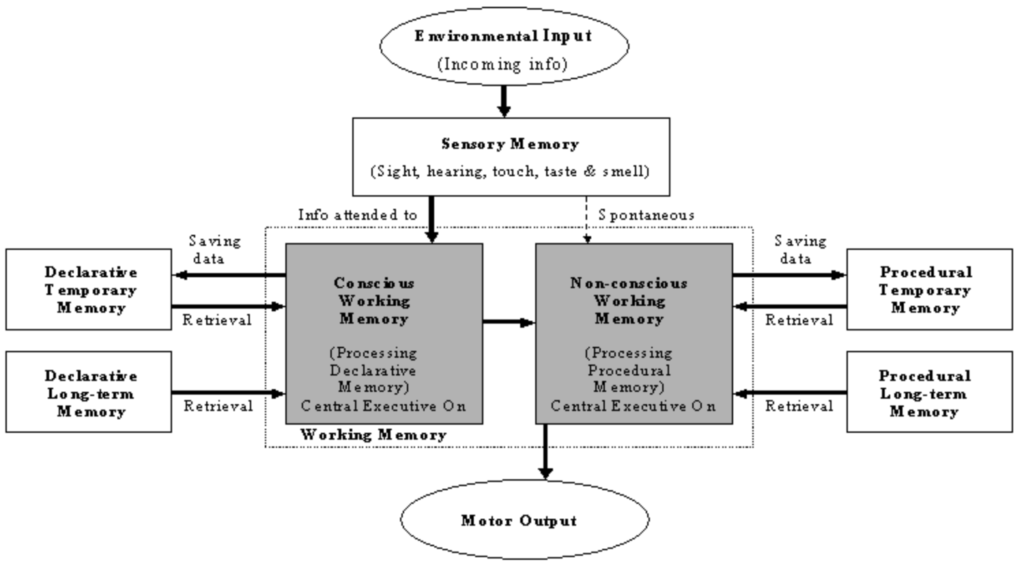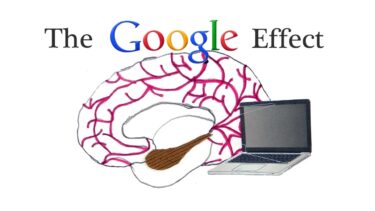はじめに
TEDのエデュケーション動画にハマっている。今日は夢についての動画を視聴した。なかなか面白い。さまざまなジャンルがあり、ディクテーションの練習にもなる。TOEFLの勉強には最強じゃないかと思う。今日はそんなTEDやTED ed、さらに夢についての動画のポイントなどを解説したい。
TED
TEDとは、技術(technology)、エンタメ(Entertainment)、デザイン(Design)の略で、「ideas worth spreading」をモットーに各種講演を配信する番組である。提供組織としてのTEDは、1984年2月に始まり、1990年から毎年開催されている。当初は、リチャード・ソール・ワーマンとハリー・マークスが共同で開催し、2019年7月からは非営利団体TED Foundationにより開催されている。講演者には最大18分の時間が与えられる。2020年末で3500以上のTED Talksを視聴可能だ。個人学習用としては無料で利用できる。

(出典:TED)
TED-Ed
TEDにはさまざまなジャンルがある。TED Talksは会場でさまざまなテーマに対する講演を拝聴できる。一方、TED-Edは基本的に短いアニメだ。文字通り教育目的の動画となっていて、芸術やビジネス、ヘルスなどの12のジャンルがあり、例えばビジネスならさらに5つのテーマがあり、その中のマイクロエコノミクスには14の動画が掲載されている。つまり数百以上の動画を無料で視聴できる。これは素晴らしい。2021年9月現在、1,470万人以上の購読者と26億回以上の視聴回数があるという。

(出典:TED-Ed)
なぜ夢を見るのか
今回視聴したのはなぜヒトは夢を見るのか?という動画だ。夢の仕組みについては、残念ながらまだ完全には解明されていないとしながらも7つほどの側面から解説している。以前、会社の研修機関において卒業研究を指導頂いた秋山稔東京大学教授が大学の卒業研究には夢を活用した研究方法を研究し、大学院ではその研究結果を活用して研究したという話を伺った。そうか!そんな方法もあるのかと素朴に驚き、興味を持ったのを思い出す。フロイトによる夢判断は有名だし、睡眠によって脳の記憶が整理されるという話も聞いたことはあったし、夢の中でのリハーサル効果などもスキー場に行った時にスキーをしている夢を見たことがある。ただ、逆学習(reverse learning)や継続的活性化理論(continual activation theory)は初耳だった。興味のある方は英語での動画ですが、トライしてみてはいかがでしょうか?
(出典:YouTube)
7つの質問
動画を視聴すると、その理解度を確認できるのがTED-Edらしいというか、教育教材らしい感じだ。そして、それぞれの問題は非常にポイントをついているので、動画の内容を深いレベルでしっかりと理解sていないとなかなか答えられない。自分の場合には、一度聞いただけでは理解度が浅くダメだったので、何度も聞いたり、ディクテーションして理解度を高めた。
Q1)Humans have discovered the definitive reason that we have dreams.
これは2択の問題だけど、動画の最初にまた明確な答えを持っていないと回答しているので、そちらを選択した。
Q2)Known as The Father of Psychoanalysis, this doctor’s theory of dreaming holds that the images in our dreams have symbolic meanings which relate to our subconscious wishes.
夢診断の大御所といえばフロイトですね。
Q3)The “Continuation Activation Theory” of dreams holds that you dream in order to:
日本語だと継続的活性化理論だろうか。詳しくは下の論文に詳しいが、動画の中では、脳が正常に機能するために、長期記憶を常に統合し、作成する必要があるために夢を見るという理論のようだ。つまり、眠っているときには脳は自動的に記憶を読み返し、それが夢の中での思考や感情に現れるというものだ。確かにそうかもしれない。面白い。

(出典:DynaPsych)
Q4)Keeping your fight or flight instincts sharp is one of the reasons we dream, according to which theory?
これは、動画の中で、危険な状況や脅威に対しては夢の中でリハーサルすることで闘争本能(fight)や逃避本能(flight)を練習するという説を解説している。そのことを問いているようだ。
Q5) According to the results of one research study, a person will be able to get through a 3D virtual maze the fastest on their second attempt at it if they:
Mazeが分からなかったけど、迷路の意味だ。迷路とMazeはなんとなく音感が似ている。先のリハーサル効果と似ているけど、三次元の迷路を突破する上で、仮眠をとって迷路の夢を見た人はそうでない人に比べて10倍上手だったらしい。夢の中での練習は効果的なんだ。
Q6) Why is it so difficult to come up with a single, definitive theory about why we dream?
夢にはさまざまな効果があるけど、なぜ統一的な理論が難しいのかという難しい質問だ。個人的には、夢を見るのは副次的な作用なためだと思っている。つまり、脳をリフレッシュするために睡眠をとるけど、睡眠を通じて脳が休んだり、記憶を整理したり、リハーサル効果を発揮したりと複数の異なる効果があるためだと思う。
Q7) Which theory (or theories) of dreaming do you believe is the best explanation for why we dream? Please explain why you think so.
どの理論が最善な説明かと聞かれても困る。個人的には、記憶の整理や忘却などが興味深いと感じたけど、それが最善な説明とも言い切れない。
まとめ
夢の仕組みを夢の中で考えてみると、何か良い方法を思いつくかもしれない。夢をみるのは浅い眠りの時なので、結構朝起きる前に見ていることが多いような気がする。若い頃の夢は元気だったけど、だんだん大人しくなってきたように思う。夢だけでも元気でありたい。
以上
最後まで読んで頂きありがとうございます。
拝
参考:英文スクリプト(ディクテしたもの)
In the third millennium BCE, Mesopotamian kings recorded and interpreted their dreams on wax tablets. A thousand years later, Ancient Egyptians wrote a dream book listing over a hundred common dreams and their meanings. And in the years since, we have not paused in our quest to understand why we dream. So, after a great deal of scientific research, technological advancement, and persistence, we still do not have any definite answers, but we have some interesting theories.
We dream to fulfil our wishes.
In the early 1900s, Sigmund Freud proposed that while all of our dreams, including our nightmares, are a collection of images from our daily conscious lives, they also have symbolic meanings, which relate to the fulfillment of our subconscious wishes. Freud theorized that everything we remember when we wake up from a dream is a symbolic representation of our unconscious primitive thoughts, urges, and desires. Freud believed that by analyzing those remembered elements, the unconscious content would be revealed to our conscious mind, and psychological issues stemming from its repression could be addressed and resolved.
We dream to remember.
To increase performance on certain mental tasks, sleep is good but dreaming while sleeping is better. In 2010, researchers found that subjects were much better at getting through a complex 3D maze if they had napped and dreamed of the maze prior to their second attempt. In fact, they were up to ten times better at it than those who only thought of the maze while awake between attempts and those who napped but did not dram about the maze. Researchers theorize that certain memory processes can happen only when we are asleep, and our dreams are a signal that these processes are taking place.
We dream to forget.
There are about 10,000 trillion neural connections within the architecture of your brain. They are created by everything you think and everything you do. A 1983 neurobiological theory of dreaming, called reverse learning, holds that while sleeping, and mainly during REM sleep cycles, your neocortex reviews these neural connections and dumps the unnecessary ones. Without this unlearning process, which results in your dreams, your brain could be overrun by useless connections and parasitic thoughts could disrupt the necessary thinking you need to do while you are awake.
We dream to keep our brains working.
The continual activation theory proposes that your dreams result from your brain`s need to constantly consolidate and create long-term memories in order to function properly. So when external input falls below a certain level, like when you are asleep, your brain automatically triggers the generation of data from its memory storages, which appear to you in the form of the thoughts and feelings you experience in your dreams. In other words, your dreams might be a random screen saver your brain turns on so it does not completely shut down.
We dream to rehearse.
Dreams involving dangerous and threatening situations are very common, and the primitive instinct rehearsal theory holds that the content of a dream is significant to its purpose. Whether it is an anxiety-filled night of being chased through the woods by a bear or fighting off a ninja in a dark alley, these dreams allow you to practice your fight or flight instincts and keep the sharp and dependable in case you will need them in real life. But it does not always have to be unpleasant. For instance, dreams about your attractive neighbor could actually give your reproductive instinct some practice, too.
We ream to heal.
Stress neurotransmitters in the brain are much less active during the REM stage of sleep, even during dreams of traumatic experiences, leading some researchers to theorize that one purpose of dreaming is to take the edge off painful experiences to allow for psychological healing. Reviewing traumatic events in your drams with less mental stress may grant you a clearer perspective. And enhanced ability to process them in psychologically healthy ways. People with certain mood disorders and PTSD often have difficulty sleeping, leading some scientists to believe that lack of dreaming may be a contributing factor to their illnesses.
We dream to solve problems.
Unconstrained by reality and the rules of conventional logic, in your dreams, your mind can create limitless scenarios to help you grasp problems and formulate solutions that you may not consider while awake. John Steinbeck called it the committee of sleep, and research has demonstrated the effectiveness of dreaming on problem-solving. It is also renowned chemist August Kekule that discovered the structure of the benzene molecule, and it is the reason that sometimes the best solution for a problem is to sleep on it. And those are just a few of the more prominent theories. As technology increases our capacity for understanding the brain, it is possible that one day we will discover the definitive reason for them. But until that time arrives, we will just have to keep on dreaming.




